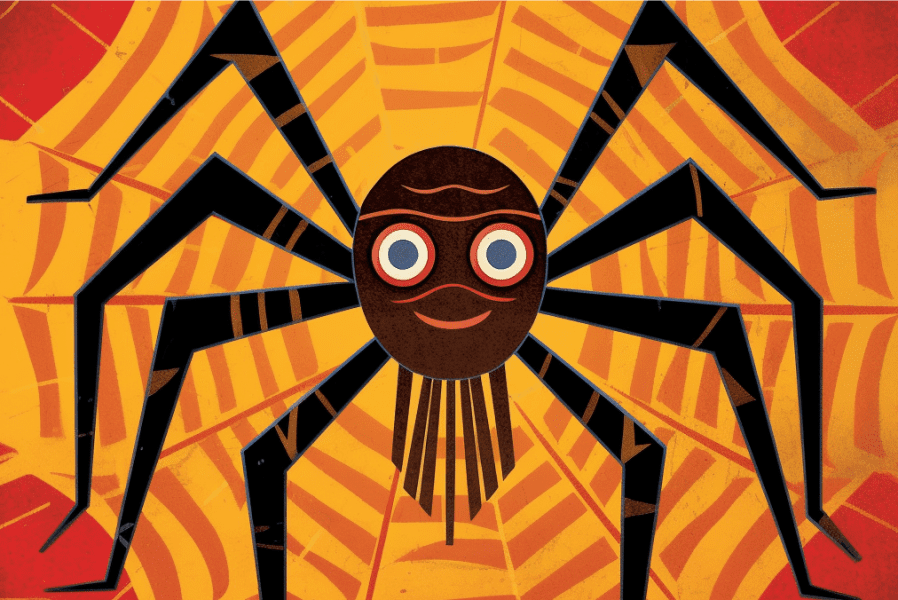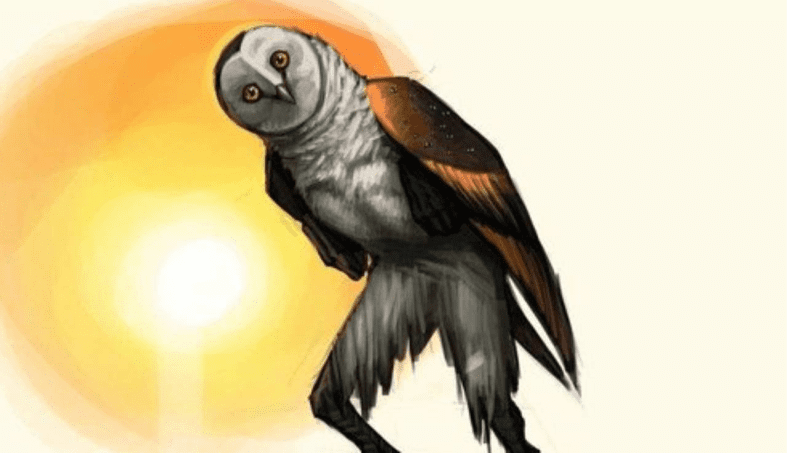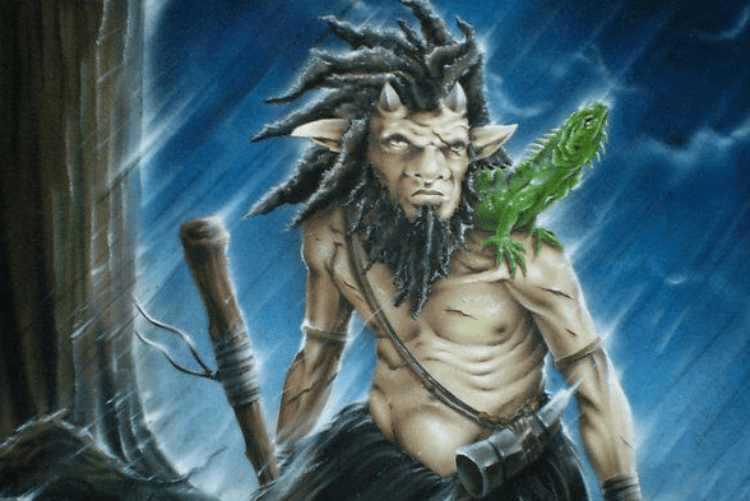The Caribbean is intertwined with African, Asian, indigenous, and colonial histories that have impacted our evolution. Collectively, we have a rich oral historical tradition of stories that highlight the breadth of our past through myth and legend.
Although each island has its own particular culture of storytelling – despite being separated by national boundaries and bodies of water – some of our folklore has carried throughout the Caribbean and its diaspora, mapping our migrations, shaping our desires, and drawing novel ideas about the similarities and differences of and around the Caribbean.
This Black History Month, we remember five characters in Caribbean folklore that remind us of our rich history as Caribbean Americans.
Anansi/Ananse the Spider

Common throughout much of the African diaspora, the stories of Anansi, also known as Kwaku Ananse, are believed to have originated in West Africa, via Akan folklore, and were then transmitted to the west because of the transatlantic slave trade. Anansi is known for many things, but is most regarded for being a mischievous trickster who often entertains himself through fooling and deceiving others.
In some cultures, Anansi is thought to be the creator of the world or acts as an intermediary between God and humans, but the spider is also thought to represent survival and resistance as there are stories about deceiving plantation owners.
Anansi’s fables often end with morals or key lessons. Some are even responsible for common proverbs used today like Jamaica’s, “If yuh cyaan ketch Kwaku, yuh ketch him shut” stemming from the story “Anansi and Brah Dead,” to mean that sometimes those close to you can be a target of the revenge meant for you.
The Soucouyant or The Old Hag/Higue
Nations across the Caribbean house the legend of the Soucouyant or the Old Hag, but she has various names including “Asema” in Suriname or is similar to the “Loogaroo” in some parts of the French Caribbean.
While the story of the Soucouyant varies from place to place, the Soucouyant is typically considered an old, female recluse by day who sheds her skin and enters people’s homes by night to suck their blood.
While to some the Soucouyant might seem reminiscent of the European-style vampire, the myth parallels the Yoruba story of the Aje. Many writers and scholars have noted that stories of the Soucouyant evoke colonial resistance, cultural empowerment, and values regarding women’s mobility and role in society.
The Chickcharney

Native to Andros Island in The Bahamas, the Chickcharney resembles an owl and stands three-feet tall with three fingers, three toes, and red eyes.
The bird-like creature stems from the Lucayan people, an indigenous community in The Bahamas who were the first to encounter Christopher Columbus as he falsely discovered the Caribbean.
The legend of the Chickcharney represents the Lucayans’ strong belief in nature and reverence for animal spirits, as it is said that if you come across a Chickcharney and treat it with kindness, you will be rewarded with good fortune. However, if you don’t, you will be cursed with bad luck and difficult times.
It is also said that the Chickcharney nests in pine trees that they bring together, adding to the folklore. It is speculated that their story is based on the prehistoric Bahamian barn owl.
Papa Bois/Papa Bwa and Mama D’Leau/Mama D’lo/Mama Glo

Papa Bois and Mama D’Leau are a married couple who are thought to be the protectors of nature and whose stories are common in places with at least brief French colonial influence, including Trinidad and Tobago, Saint Lucia, Grenada, and Dominica.
Papa Bois, which loosely translates to “Father of the Forest,” is said to be an old man of African descent with at least one cloven hoof. He is described to have a body covered in hair and that he carries a hollow bull’s horn to warn animals of nearby hunters. He can also transform into a deer and lures hunters deep into forests to confuse and hinder them from hunting.
Similarly, Mama D’Leau, “Water Mother,” is a river protector and water animal healer. The legend of Mama D’Leau is somewhat similar to stories of mermaids or “river mummas” that can be found in other islands. She is said to be a beautiful woman from the waist up, with a golden comb she uses to brush her long hair. However, she is a large snake from the waist down and aims to protect rivers and water animals against poachers and polluters by luring hunters in with her beauty.
Stories of Papa Bois and Mama D’Leau appear in several stories including Nalo Hopkinson’s Midnight Robber and Danielle Y. C. McClean’s The Whisperer’s Warning: Secrets of Oscuros.
To learn about other Caribbean myths and legends, be sure to listen to the recent Strictly Facts episode A Brief History on Caribbean Myths, Legends, and Folklore with Amanda Alcántara available on all podcast platforms. If there are new myths you learned about in this article or would like to share folklore from your island with us, feel free to tag us @striclyfactspod and @cnwnetwork on social media.















